The Dawn of the African Construction Boom
Africa is no longer the market of tomorrow; it is the market of today. With a rapidly growing population, accelerated urbanization, and significant foreign direct investment (FDI) channeled into infrastructure, housing, and commercial developments, the continent’s construction sector is experiencing an unprecedented boom. This expansion has created a monumental, sustained demand for fundamental building materials, with ceramic and porcelain tiles leading the charge. The total market size for construction materials in Africa is estimated to exceed $۱۰۰ billion, and tiles are a cornerstone of this growth.
For international tile and ceramics exporters, the African market offers volume unmatched by almost any other region. However, successfully penetrating and dominating this landscape requires more than just competitive pricing. It demands a deep understanding of varied regional standards, a mastery of complex logistics across challenging geographies, and an ability to tailor product offerings to specific cultural and economic demands in key economies like Nigeria, Kenya, and South Africa. This comprehensive guide, the “Afri-Build Blueprint,” is designed to equip you with the tactical knowledge necessary to navigate the unique challenges and seize the immense opportunities presented by Africa’s ceramic tile export market.
I. 📈 Market Overview: Decoding the Continent’s Demand
Africa is not a monolithic market. Success depends on strategically targeting the key economic powerhouses where construction activity is most intense and consistent. Nigeria, South Africa, and Kenya are the anchor markets, each presenting distinct opportunities and requirements for imported ceramics.
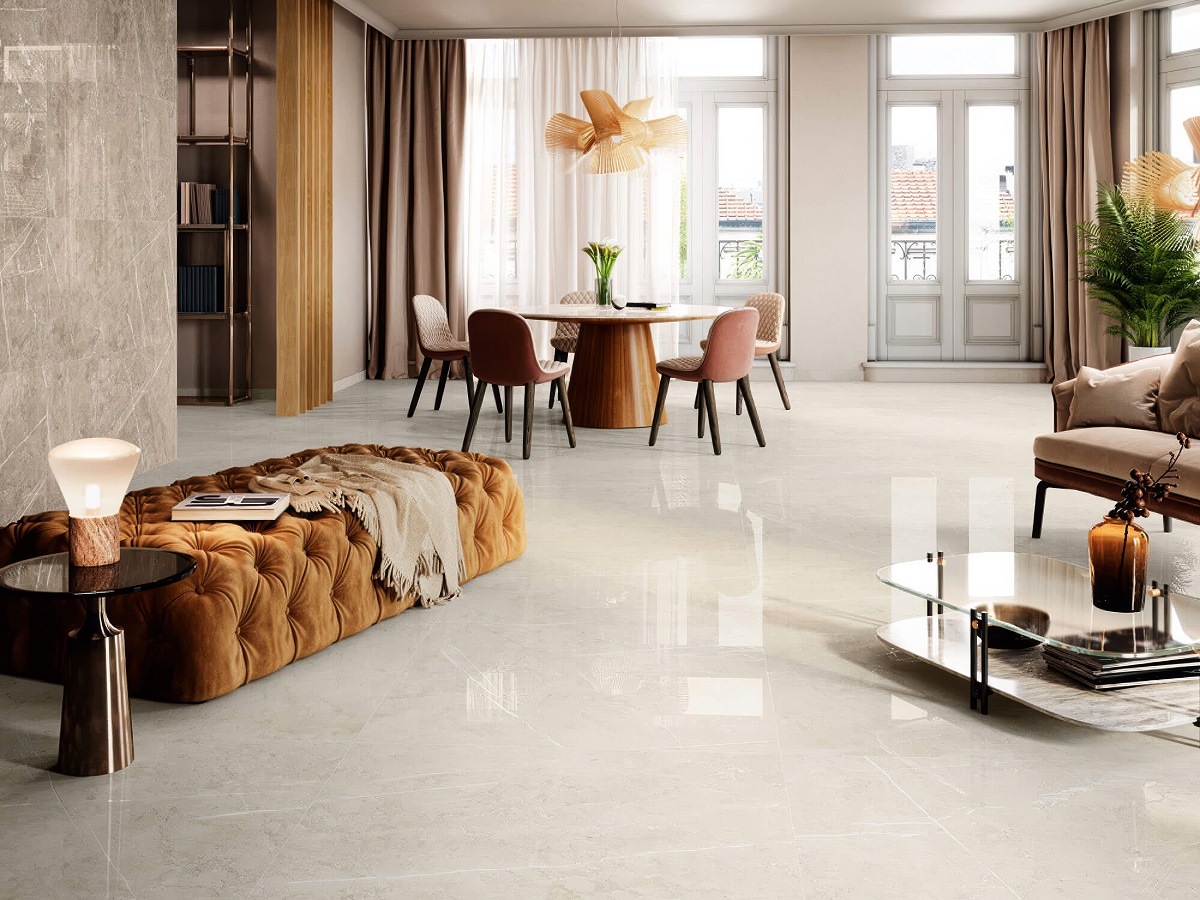
The Three Pillars of African Tile Demand
The exponential growth in demand for building materials in Africa is fueled by three main factors:
-
Rapid Urbanization: Millions are moving into cities annually, requiring the rapid construction of new, multi-unit residential housing, which translates directly into massive demand for cost-effective ceramic flooring and wall tiles.
-
Infrastructure Investment: Governments and international bodies are funding significant projects: new airports, ports, commercial centers, and healthcare facilities. These require high-performance, durable porcelain tiles suitable for heavy commercial use.
-
Middle-Class Growth: An emerging middle class is driving demand for higher-quality, aesthetically pleasing imported tiles for private homes, moving beyond basic functionality to include modern designs and luxury finishes.
Key Market Segmentation by Country
| Country | Market Profile | Key Demand | Preferred Tile Type |
| Nigeria (West Africa) | Largest volume market; high-density housing and commercial construction in Lagos/Abuja. | Volume and Affordability. Tolerance for mid-range quality if pricing is aggressive. | Glazed Ceramic Tiles (e.g., $۴۰\times 40 \text{ cm}$), lower-cost Porcelain for commercial. |
| South Africa (Southern Africa) | Most mature market; strong regulatory and design influence; high standards for technical specifications. | Quality and Design. Preference for European-style aesthetics and technical specs. | High-spec Porcelain Tiles, large formats, specialized industrial flooring. |
| Kenya (East Africa) | Regional hub; steady infrastructure investment; focus on sustainable and modern development. | Durability and Modernity. Balance between cost and long-term durability is key. | Mid-to-high-quality Ceramic and Porcelain ($۶۰\times 60 \text{ cm}$), with good thermal properties. |
A successful exporter must tailor their tile product lines and pricing models to address these distinct segments, utilizing competitive pricing to gain initial traction in volume markets like Nigeria, and quality to secure specifications in technical markets like South Africa.
II. 🚢 Logistics Mastery: Navigating the Supply Chain Challenge
While demand is high, the logistics network across Africa is the single greatest operational challenge. The successful export of high-volume, fragile goods like tiles and ceramics requires a robust, risk-mitigated strategy that accounts for port congestion, inland transport risks, and customs variability.
Key Ports of Entry and Clearance Hurdles
The choice of port is crucial and dictates the time and cost of getting your tile shipment to the end-user.
-
Lagos (Nigeria – Apapa/Tincan): High volume but notorious for congestion and delays. Exporters must factor in significant waiting times for vessels and subsequent customs clearance of imported ceramics.
-
Durban (South Africa): The most efficient port in the region but operates under stringent customs and phytosanitary regulations. Compliance is meticulous.
-
Mombasa (Kenya): Gateway to East Africa, serving Kenya, Uganda, and Rwanda. Often a faster alternative to West African ports but requires detailed knowledge of East African Community (EAC) customs procedures.
Inland Transport and Security Considerations
Once cleared, transporting ceramic tiles inland presents new obstacles:
-
Road Quality: Poor road networks increase the risk of breakage. This mandates superior packaging and specialized, experienced logistics partners.
-
Security: In certain regions, high-value construction materials may be susceptible to theft. Using monitored containers and reliable, insured freight haulers is non-negotiable.
-
Multiple Border Crossings: For landlocked markets (e.g., Uganda, Zambia), the shipment faces multiple customs checks and tariffs, requiring perfectly organized transit documentation from the port of entry.
Advanced Packaging to Combat Breakage
Given the harsh logistics environment, standard packaging is insufficient for exporting tiles to Africa. Exporters must upgrade packaging protocols:
-
Reinforced Palletization: Use heavy-duty, reinforced wooden pallets (ISPM 15 certified) that can withstand rough handling.
-
Robust Crating: For high-value porcelain tiles or large formats, consider partial or full wooden crating around the palletized load to provide a rigid protective shell.
-
Shock Absorbers: Use cushioning materials or specialized corner protectors between boxes and under strapping to absorb vertical and lateral shocks during the long road journeys.
III. 📜 Compliance and Standards: The Quality Gatekeepers
Unlike the EU’s harmonized standards, Africa requires navigating varied national quality and pre-shipment inspection programs. Non-compliance results in mandatory re-export or destruction of the tile shipment.
Mandatory Pre-Shipment Inspection (PSI) Programs
Many African nations mandate a Pre-Shipment Inspection (PSI) or Certificate of Conformity (COC) program before goods leave the country of origin. This is their primary defense against the import of sub-standard or counterfeit materials.
Key National Compliance Bodies
-
SONCAP (Standards Organisation of Nigeria Conformity Assessment Programme): Mandatory for all ceramic tiles exported to Nigeria. You must secure a Product Certificate (PC) and then a SONCAP Certificate (SC) for each shipment.
-
PVoC (Pre-Export Verification of Conformity) for Kenya: Managed by the Kenya Bureau of Standards (KEBS). This process verifies that imported ceramics meet Kenyan standards before loading.
-
SABS (South African Bureau of Standards): South Africa has the most stringent requirements, often demanding quality testing reports that align with or exceed international ISO standards for porcelain and ceramic tiles.
Exporters must engage an authorized third-party inspection agent (like SGS, Bureau Veritas, etc.) in the country of manufacture. They physically inspect the goods, verify product quality against required standards, and issue the necessary certificate, without which the tile shipment cannot clear customs.
Addressing Technical Standards and Climate
Tile products must also be technically suitable for the African climate:
-
Heat Resistance: Tiles must withstand extremely high temperatures without cracking or warping.
-
High PEI Rating: Due to dusty environments and heavy cleaning methods, floor tiles must have a high PEI (Porcelain Enamel Institute) rating for abrasion resistance.
-
Water Absorption: Low-absorption porcelain tiles are critical for exterior applications, especially in regions with heavy seasonal rains.
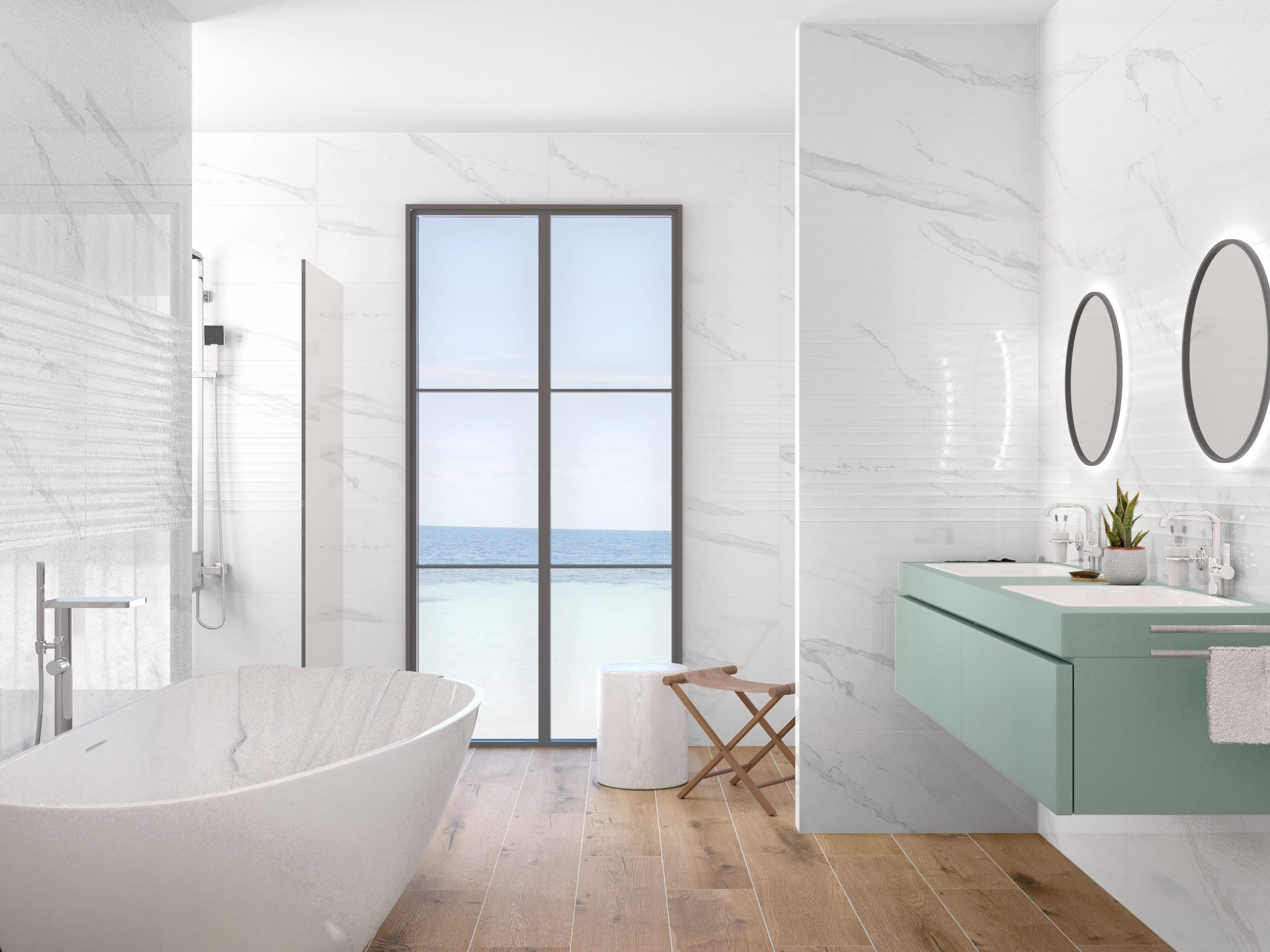
IV. 🎨 Product Strategy: Matching Demand to Design
The African ceramic tile market is highly price-sensitive but increasingly sophisticated. Your product strategy must deliver a high perception of value and modernity within competitive price constraints.
The Aesthetics of Value: What Sells Best
The most successful tile products balance a modern look with practicality and affordability.
-
Neutral and Earth Tones: Beige, cream, and warm gray are dominant. These colors are perceived as clean, reflect less heat, and are easier to maintain in dusty environments.
-
Simulated Luxury: Tiles that convincingly mimic expensive natural materials (marble, granite, limestone) via high-definition digital printing are extremely popular. The affordability of these simulated stone tiles is a massive selling point.
-
Standard and Mid-Size Formats: While luxury projects use large format, the vast volume of housing projects relies on standard, easier-to-handle sizes like $۴۰\times 40 \text{ cm}$, $۴۵\times 45 \text{ cm}$, and $۶۰\times 60 \text{ cm}$.
The Competitive Edge of Floor vs. Wall Tiles
-
Floor Tiles: This is the highest volume and most price-sensitive segment. Glazed ceramic floor tiles dominate due to their low cost and adequate durability for residential use.
-
Wall Tiles: Higher margins are possible in decorative wall ceramic tiles (e.g., kitchen splashbacks, bathrooms) where unique colors, patterns, and mosaics are desired by the emerging middle class.
Your inventory strategy should prioritize volume in ceramic floor tiles while using select porcelain tile lines to target the profitable architectural and commercial sectors.
V. 🤝 Market Entry: The Importance of Local Partnership
In the African context, business is built on trust and personal relationships. Attempting to manage distribution remotely is a recipe for failure. A strong local partner is the single most important factor for market dominance.
Identifying the Ideal Distributor
Your partner should be more than just a buyer; they should be a strategic extension of your brand in the African tile market. Look for a distributor who:
-
Has Extensive Storage Capacity: They need secure, large-scale warehousing to handle the large volumes of imported ceramics necessary to meet immediate demand spikes.
-
Possesses Deep Contractor and Developer Ties: The biggest wins come from supplying large, ongoing construction projects. A partner with strong ties to major developers and government tenders is invaluable.
-
Understands Credit Risk: They must have a sound financial structure capable of managing the local currency risks, credit terms, and large inventory investments associated with high-volume tile imports.
Participating in Local Trade Shows and Fairs
Personal presence is critical for building the necessary trust. Participating in major regional trade fairs allows you to physically display your tile products, compare quality, and forge relationships:
-
Build Expo Nigeria/Construct Expo Kenya: These exhibitions are crucial meeting points for contractors, developers, and distributors looking for new building materials suppliers.
-
Trade Missions: Joining government or industry-led trade delegations offers structured introductions and increased credibility in the market.
VI. 💰 Financial and Commercial Strategies for Africa
Managing financial risk is paramount due to currency volatility, political instability in certain regions, and variations in local banking systems.
Payment Terms and Risk Mitigation
While the desire for open credit is high, exporters must maintain prudent payment practices.
-
Initial Security: Start with an Irrevocable Letter of Credit (ILOC), preferably confirmed by a reputable international bank, to cover the full value of the initial tile shipments.
-
Transition to TT: For proven partners, transition to a partial Telegraphic Transfer (TT) in advance (e.g., 30-50%) and the balance upon receipt of shipping documents (CAD). All invoices should be denominated in US Dollars ($) to hedge against local currency fluctuations.
Price Elasticity and Market Share
Pricing for the African tile market must be extremely competitive. Your overall strategy should reflect high price elasticity:
-
High Volume/Low Margin: Target the large, government-backed housing and infrastructure projects with your mid-range ceramic floor tiles. Accept thin margins in exchange for massive, guaranteed volume and market share growth.
-
Specialty/High Margin: Reserve higher margins for unique, high-end porcelain tile designs targeted at luxury residential projects and high-spec commercial centers in the capital cities.
The ability to maintain quality while offering a price point that undercuts established non-African suppliers is the definition of a successful competitive ceramics export strategy here.
VII. 🔑 The Long Game: Sustained Dominance and CSR
Sustainable growth in Africa requires a commitment that extends beyond the transaction. Long-term dominance is built on local investment, brand trust, and corporate social responsibility (CSR).
Investing in Brand Visibility and Specification
In Africa, local consumers and developers often associate quality with established international brands.
-
Showroom Excellence: Support your distributor in establishing high-quality, professional showrooms that effectively display your tile collections and reflect your brand’s commitment to quality.
-
Architectural Engagement: Employ a local sales representative or agent to actively present your porcelain and ceramic tile specifications to architects, engineers, and quantity surveyors during the project design phase. Getting your product specified is the ultimate volume driver.
Corporate Social Responsibility (CSR) and Local Content
African governments and consumers highly value suppliers who demonstrate commitment to the local economy.
-
Local Training: Offering training to local tile installers and contractors on best practices for handling and installing your specific imported ceramics builds goodwill and ensures proper application, reducing claims.
-
Community Projects: Participating in small, visible CSR projects (e.g., donating tiles to a local school renovation) can significantly enhance your brand image and community acceptance.
By mastering the Afri-Build Blueprint—navigating logistics, ensuring compliance, tailoring products, and fostering strong local partnerships—your company can secure a leading, lucrative role in supplying the essential tiles and ceramics that underpin the continent’s dynamic and massive construction future.
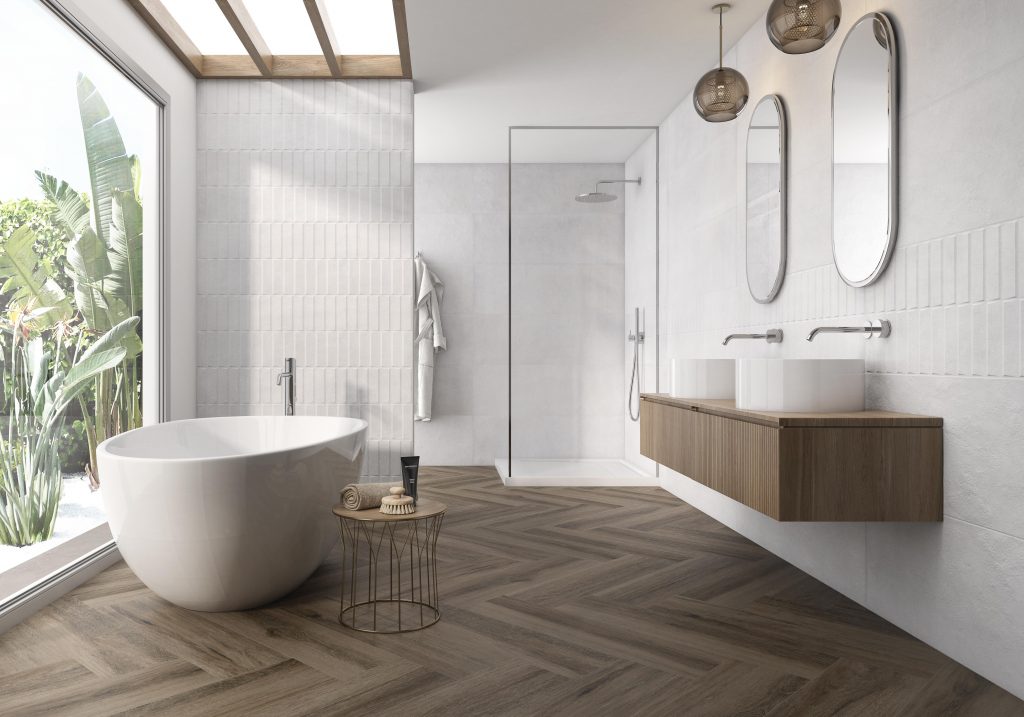
Conclusion: Seizing Africa’s Tile Future
Africa’s construction market is undergoing a structural transformation, presenting a golden, long-term opportunity for tile and ceramics exporters. The immense demand fueled by urbanization and investment in infrastructure in key economies like Nigeria, Kenya, and South Africa is undeniable, but it is a market that rewards the prepared and the strategic.
To succeed, exporters must treat this as a specialized venture, not a generic export destination. The Afri-Build Blueprint demands:
-
Compliance Rigor: Absolute adherence to Pre-Shipment Inspection (PSI) and COC programs like SONCAP and PVoC.
-
Logistical Resilience: Investing in superior packaging and selecting expert freight forwarders to mitigate the high risks associated with inland transport.
-
Product Alignment: Focusing the main effort on high-volume, cost-effective ceramic floor tiles while using premium porcelain tiles for profitable commercial specifications.
By strategically navigating the complexities of logistics and standards while leveraging the power of competitive pricing and strong local partnerships, international manufacturers can move beyond being mere suppliers to become indispensable contributors to Africa’s construction boom, cementing a dominant and enduring position in this vital and rapidly expanding ceramic tile export market.
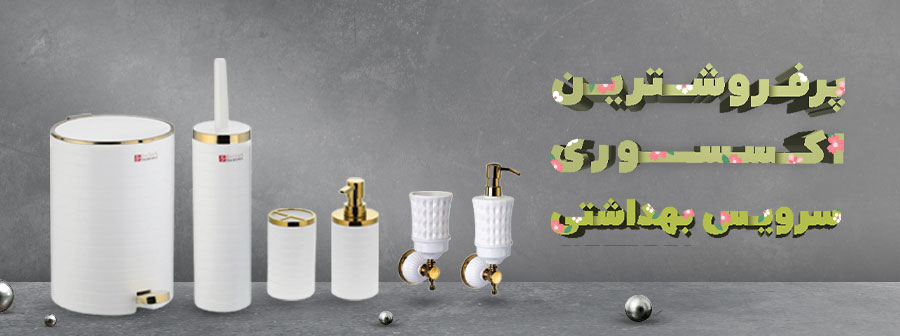
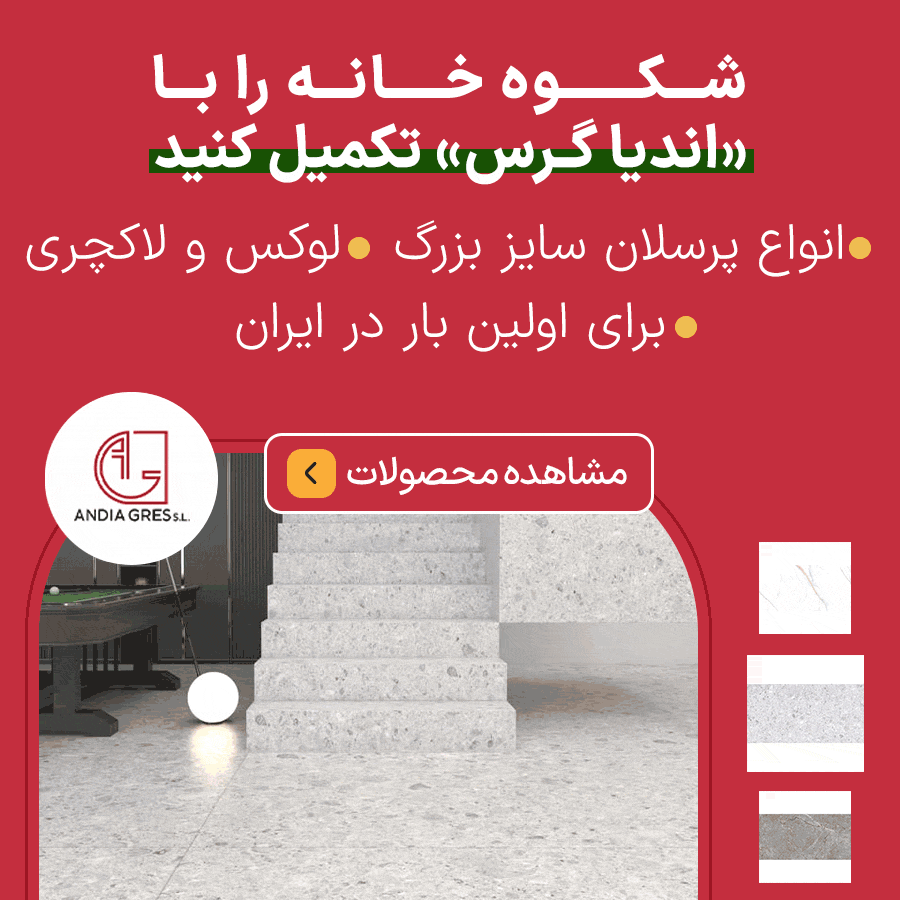

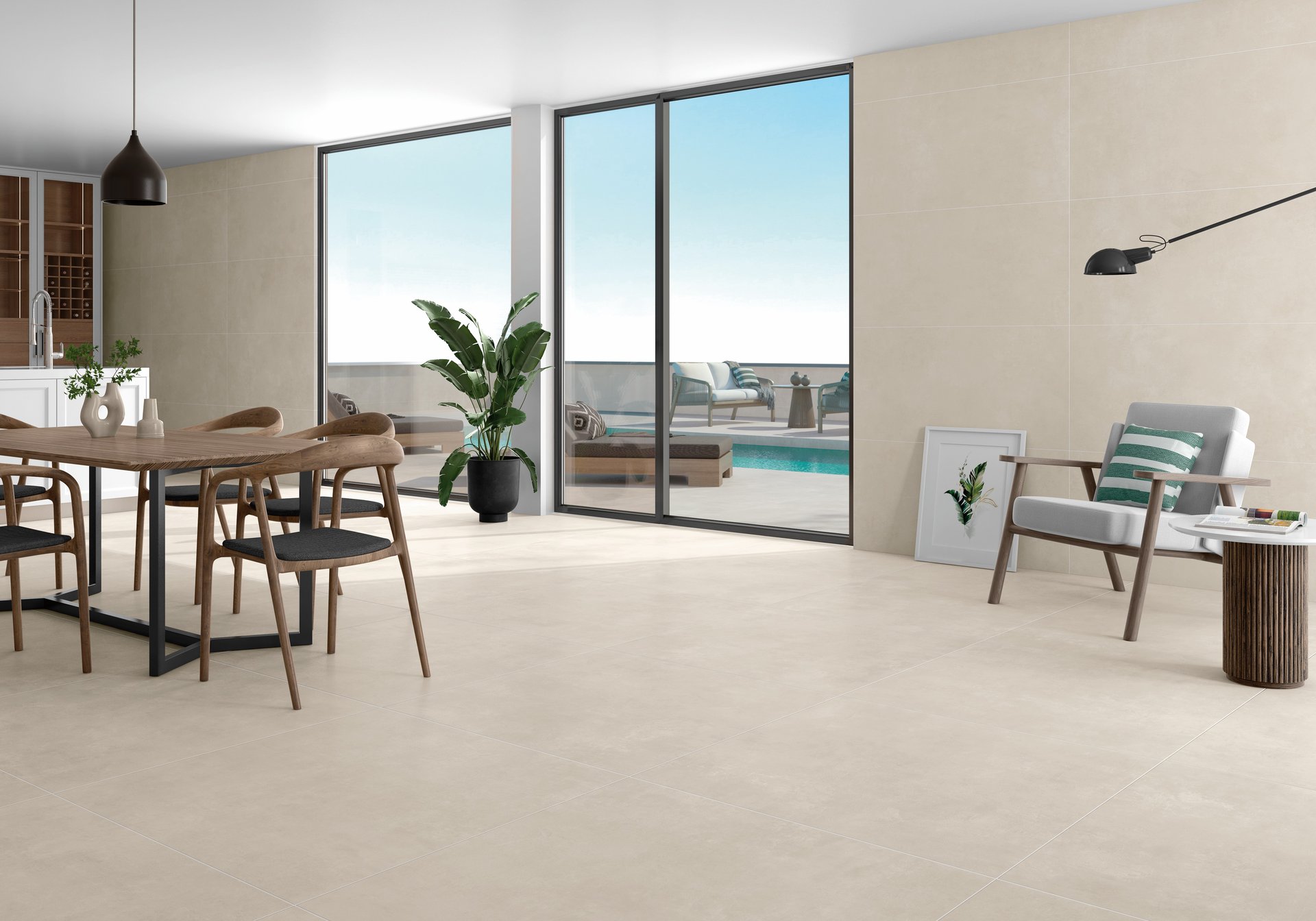
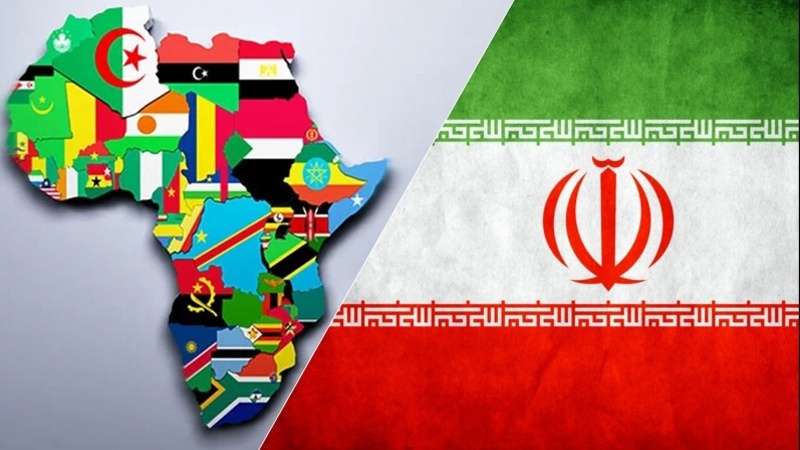
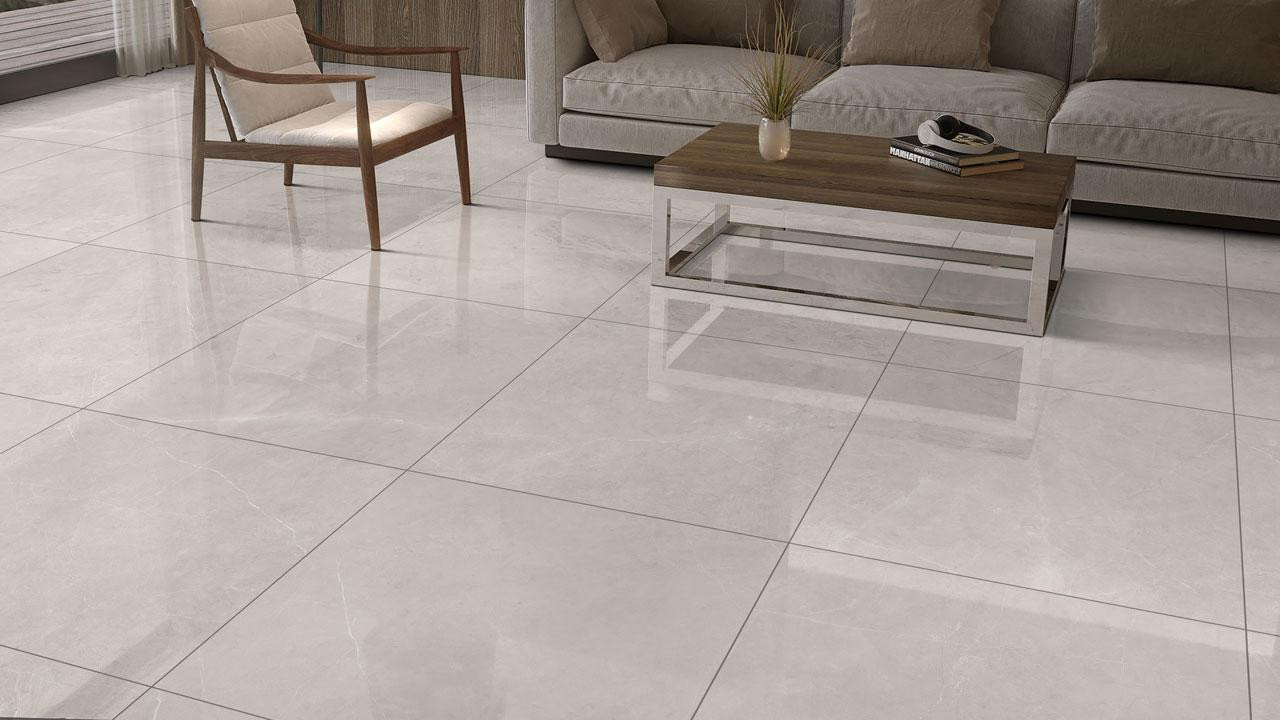

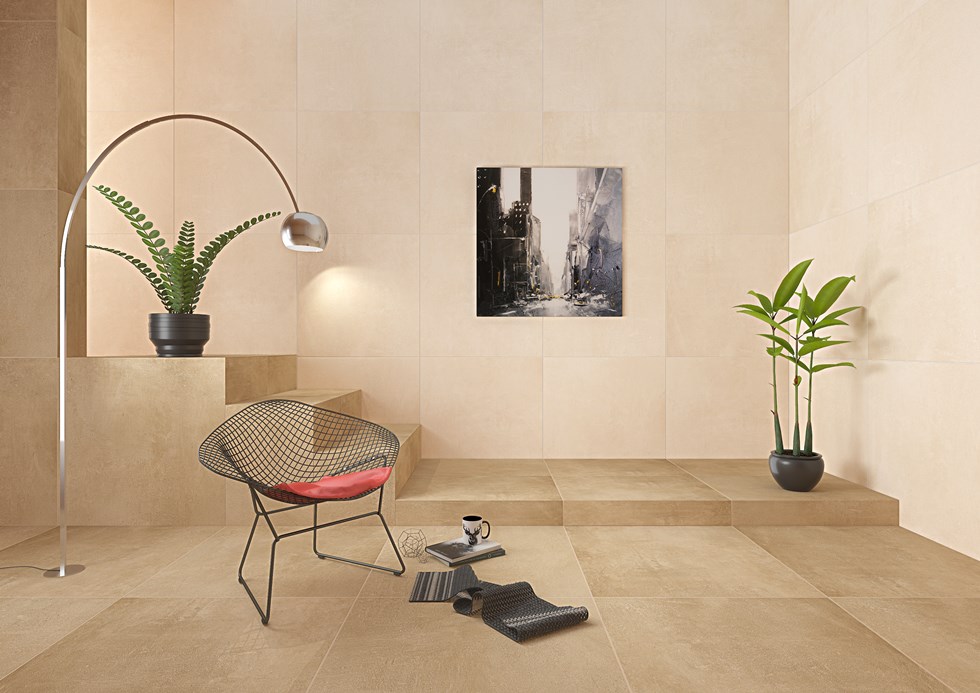
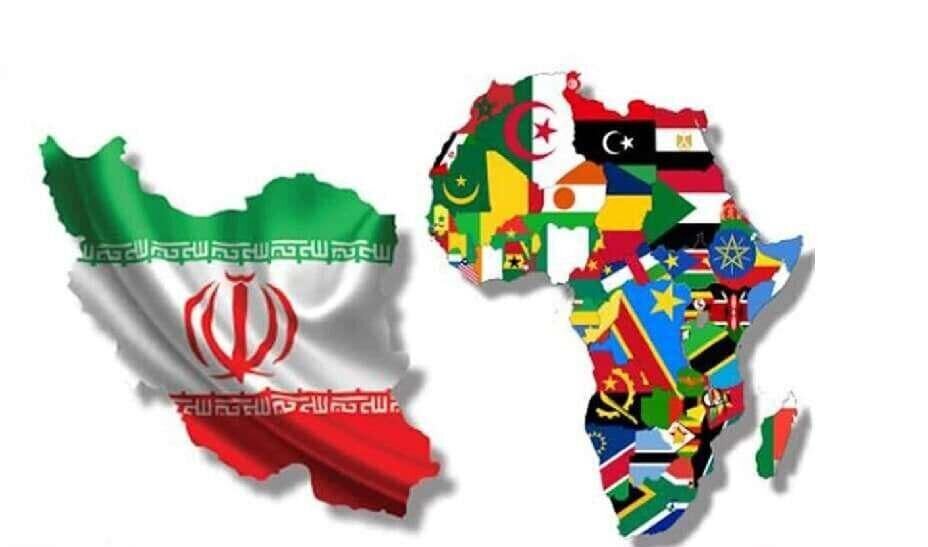
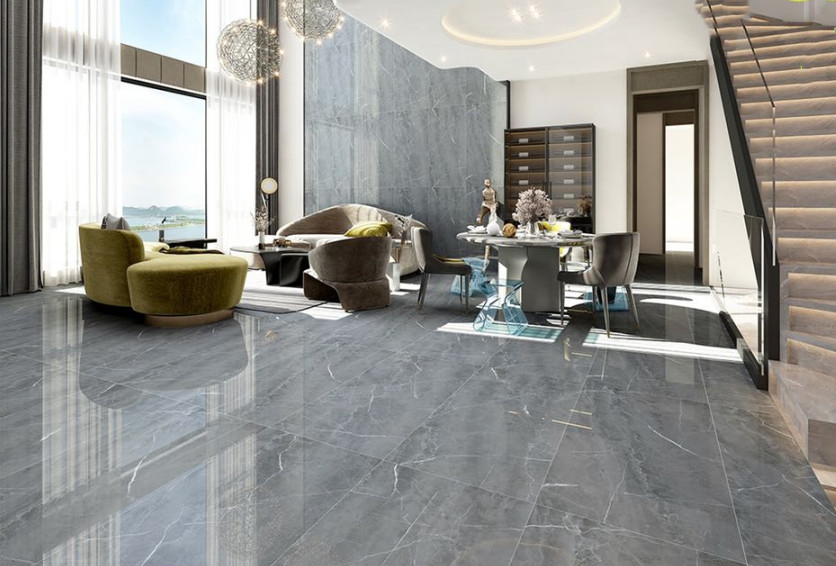


نظرات ۰